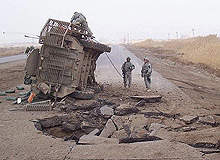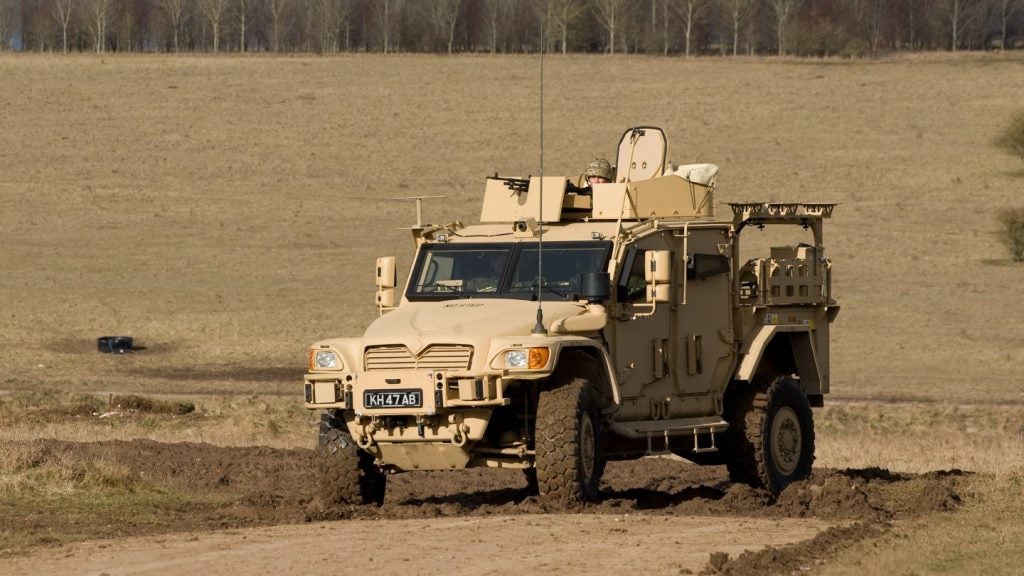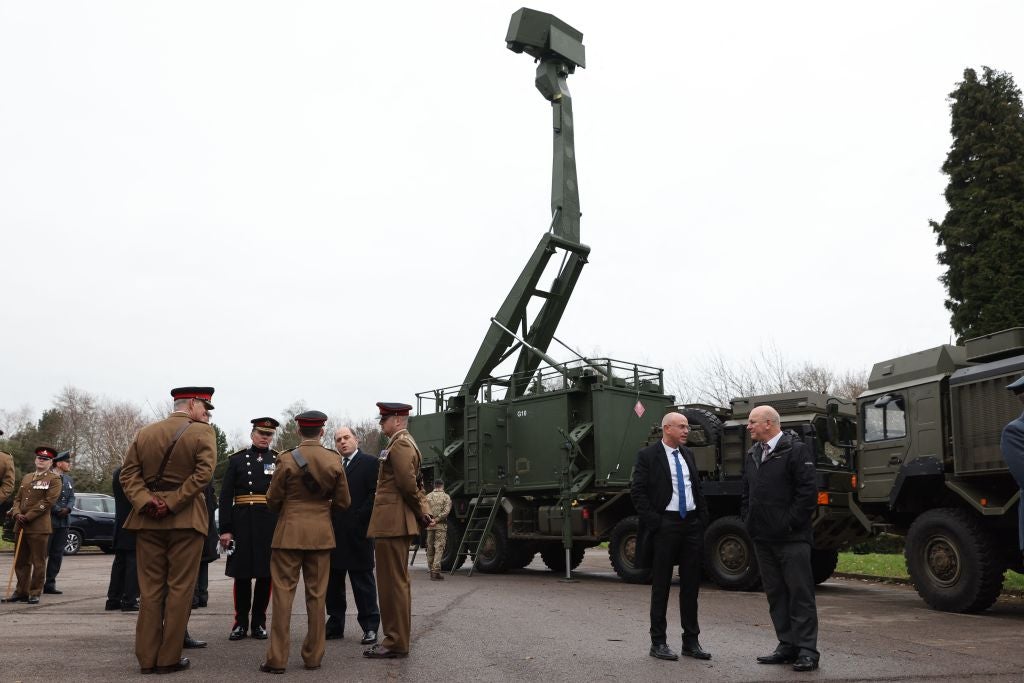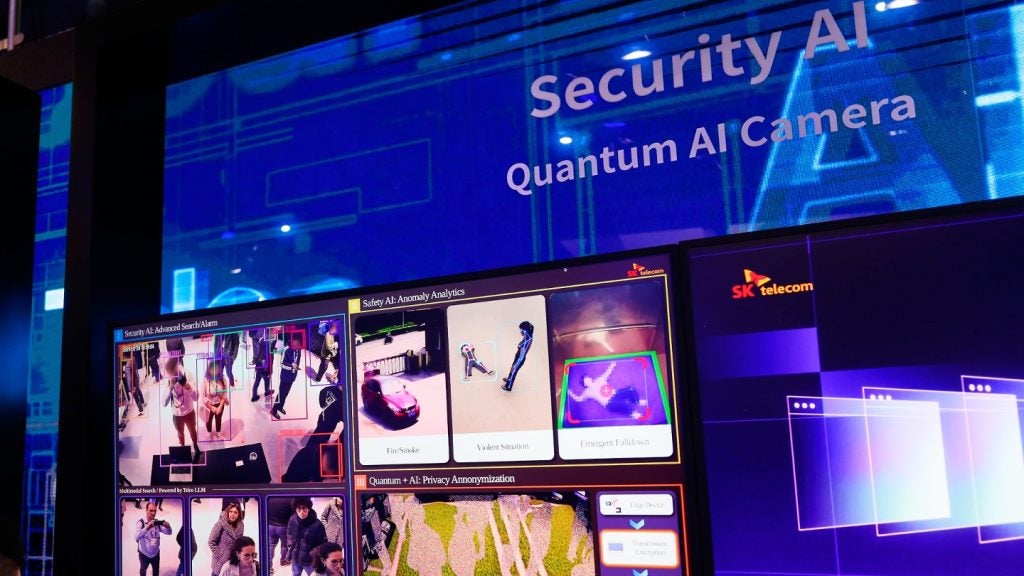
IEDs continue to be the main weapon used by terrorists in both the civilian and military arenas. Security and intelligence forces are facing unpredictable threats; terrorist and insurgency groups possess varied levels of expertise and capability in IED deployment, and are becoming more skilled in keeping them hidden.
The devices used by insurgents in Iraq and against the International Security Assistance Forces in Afghanistan have become increasingly sophisticated.
Although the number of troops killed by IEDs has fallen by 37% since August 2010 due to aerial surveillance and other countermeasures, the number of IEDs planted has remained between 1,300 and 1,500 a month during that period. Meanwhile, attacks in Pakistan, Iraq and separatist areas of Russia continue apace.
Targeting transit systems
Many IED attacks are suicide bombings that use homemade explosives, and many of these take place on transit systems.
The vulnerability of airport terminals was highlighted by the January 2011 suicide attack at Moscow’s Domodedovo Airport, which killed 36 and injured 200. The bomb’s strength was equivalent to 7kg of TNT.
See Also:
The two explosive devices discovered on air cargo flights in October 2010 – one in the UK, the other in Dubai, UAE – marked a new phase in IEDs built to avoid detection. They contained around 400g of pentaerythritol tetranitrate, the same high-explosive used in the Lockerbie bomb and by ‘shoe bomber’ Richard Reid. A component of semtex, it is stable and hard to detect. In these devices, the explosive was packed into computer printer cartridges and had mobile phone parts hidden in the printer. At first it was thought the bombs could have been detonated by calling the phone, triggering the vibrating motor, which would detonate the pentaerythritol tetranitrate inside the cartridge, but US officials later confirmed that the device did not feature the SIM cards needed to receive calls, indicating the phones were to be used as timers.
How well do you really know your competitors?
Access the most comprehensive Company Profiles on the market, powered by GlobalData. Save hours of research. Gain competitive edge.

Thank you!
Your download email will arrive shortly
Not ready to buy yet? Download a free sample
We are confident about the unique quality of our Company Profiles. However, we want you to make the most beneficial decision for your business, so we offer a free sample that you can download by submitting the below form
By GlobalDataThe device found in the UK was rendered safe just three hours before it was due to explode. A senior counterterrorism official said it was “one of the most sophisticated we’ve seen – the naked eye won’t pick it up, experienced bomb officers did not see it, X-ray screening is highly unlikely to catch it.”
Chemical initiation
Initiation and detonation are the main challenges for the airborne terrorist, who must not only conceal components within a small device, but also ensure that, with the vagaries of air travel, they work at the right time and place. Unless all of the components of an airborne IED function at once, failure is possible – and the more links there are in the chain of initiation the more likely it is to malfunction.
Because commercial detonators show up on a standard airport scanner, recent bomb attempts have involved disguised devices to be detonated by chemical initiation. The so-called ‘underpants bomber’, Umar Farouk Abdulmutallab, attempted to set off an IED on an aircraft bound for Detroit on Christmas Day 2009 by injecting a glycol-based liquid explosive into the device’s main charge of powdered pentaerythritol tetranitrate.
The device also contained triacetone triperoxide, a highly unstable homemade explosive that has been used in several terrorist attacks. It can also be used as a detonator, but failed in this case. Had Abdulmutallab been able to use a commercial detonator, he would have likely used a blasting cap or an exploding wire detonator to set off the pentaerythritol tetranitrate, and would have breached the aircraft.
Improvised incendiary devices
The vehicle-borne IED remains the most destructive terrorist weapon, and several attacks and attempted attacks have involved propane gas containers or other flammable enhancements. Among them was the amateurish vehicle-borne IED that failed to detonate in New York City’s Times Square in May 2010, which was packed with propane tanks.
Improvised incendiary devices have also been deployed by resurgent dissident republican groups in Northern Ireland.
A car bomb was destroyed in a controlled explosion outside Crossmaglen police station on 3 April 2010.
Ten days later another was defused outside Newtownhamilton police station, and just over a week after that a second was planted in the same location – this one exploded, injuring three people.
The three main breakaway groups of the IRA – the Real IRA, the Continuity IRA, and Óglaigh na hÉireann, which is said to include Provisional IRA bomb-makers – have variable levels of expertise when it comes to IEDs.
This includes the continued use of under-vehicle booby-trap IEDs, the most recent of which killed Ronan Kerr, a constable in the oft-targeted Police Service of Northern Ireland, on 3 April 2011.
The Provisionals also pioneered the mercury tilt-switch device, which is placed under a car bomb to prevent any attempt to open or move it without the IED detonating.
Radio woe
In the Afghan theatre, IED incidents remain the main cause of death and injury among the International Security Assistance Forces: 16,000 IEDs are recorded in the Afghanistan war logs, rising from 308 in 2004 to 7,155 in 2009. The range includes heavily disguised devices, command wire and radio-controlled initiation; booby-trapped bombs with pressure plates made of wood and easily disguised materials; and plastic rather than metal components, which are difficult to detect during minesweeping operations. Potassium chlorate and ammonium nitrate are the main explosives used in Taliban bombs.
The Iraqi post-invasion insurgency saw the emergence of radio-controlled IEDs, which are detonated by transmitting a radio signal to a receiver within the IED. Pioneered by the Provisional IRA, radiocontrolled IEDs contain a modified receiver that sends an initiating signal to an explosive initiator, such as an electric blasting cap. The IED can be detonated either instantly or from a distance.
The first Iraqi types were usually made from two or three 155mm artillery shells and set off by a signal from cheap, openly sold household gadgets such as car-alarm key fobs, garage-door openers and wireless doorbell buzzers. The use of radio-controlled IEDs depends on the target, location, environment and availability of components and expertise.
Electronic countermeasures, or jamming systems, have to be constantly updated as bombers quickly learn how to circumvent them. When these countermeasures were used to jam low-power radio-controlled devices – the aforementioned garage-door openers and car-alarm fobs – insurgents switched to high-power ones, including two-way radios and extended-range cordless phones. Then they began using the most ubiquitous initiator of all, the mobile phone.
Chasing shadows
Iraqi insurgents also used handheld radiofrequency meters and bombs with dummy trial-and-error firing circuits to pinpoint the exact part and size of the spectrum blanked out by the jammers. They switched to new remote control devices, making use of bandwidths beyond the jamming range. Other problems with jamming include countering weak signals and detecting devices against a lot of background noise, especially in urban areas.
One prime way that terrorists evade electronic countermeasures is by applying passive infrared triggers to IEDs, including the explosively formed projectiles fired at passing vehicle convoys by Iraqi insurgents.
Explosively formed projectiles are constructed with a copper cone liner placed over an explosive charge, creating a hollow space in front of and along the charge’s axis. On detonation, the copper is transformed into a forceful stream of molten metal that can pierce a tank’s armour – it can hit at around 8,000m/s. The sensors in explosively formed projectiles detect motion by responding to the changes in temperature created by the engine of a passing vehicle. The infrared cannot be jammed electronically as it does not rely on radio frequencies as a trigger.
When the US introduced heat decoys as a countermeasure to explosively formed projectiles, insurgents adjusted the firing angle so that the slug would hit 2-3m behind the heat decoy. Then, in early 2010, Afghan insurgents began using a new passive infrared trigger dubbed the ‘Black Cat’. It incorporates a motion sensor adapted to detect passing electronic countermeasure sweep bubbles and only detonates when it does so. This is the essence of terrorists catching up with and overtaking a countermeasure.
IED supply chains
Non-state actors require a covert and sometimes extensive logistics chain to meet the constant need to produce IEDs. In our age of increased surveillance, attacks require acquisition, planning and logistics to prevent discovery. The Taliban has extensive local and international supply chains, using informal money transfers and other localised means of acquisition. Today’s self-starter jihadists may sometimes have to concoct homemade explosives of varying reliability and stability from commercial chemicals that are available locally, but insurgents operate with a ready supply of legacy weapons and many other components that come from legitimate suppliers.
The pace of IED manufacture and their countermeasures keeps insurgents on a constant, rapid learning curve that sharpens their skills in bomb making and IED emplacement. As well as highly effective technical countermeasures, explosive ordnance detection techniques and interdiction, intelligence is needed to pre-empt attacks and capture the would-be perpetrators. It is even more important that intelligence services track and trace the many links in terrorist supply chains, so that they can interdict them, apprehend and shut down suppliers, and otherwise disrupt the flow. In other words: shoot the archer, not the arrow.
This article was first published in our sister publication Defence & Security Systems International.






